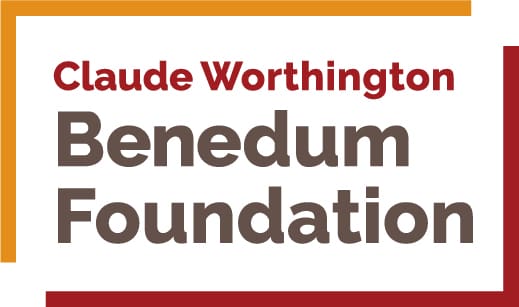Workplace Violence Prevention
The West Virginia Hospital Association (WVHA) launched an ongoing collaborative to focus on workplace violence prevention in West Virginia hospitals in February 2025. According to data from the Occupational and Safety Health Administration (OSHA), healthcare workers are nearly four times more likely on average to experience violence than individuals in other industries. The workplace violence prevention collaborative is one component of the WVHA’s efforts to address strengthening the healthcare workforce. The association has been a longtime advocate of legislation to enhance hospital employee and volunteer safety and works with state and federal legislators to ensure a safe environment for both patients and healthcare professionals.
The WVHA’s Workplace Violence Prevention Collaborative’s goal is to reduce workplace violence incidents and increase safety awareness through educational events, webinars, and insights from subject matter experts.
Throughout the year, WVHA will host educational events where members will learn from subject matter experts in workplace violence prevention. Through a series of both in-person events and webinar training, teams will enhance their skills and receive support from content experts.
Member organizations are encouraged to participate in this collaborative to develop and implement sustainable and effective workplace safety programs.
Members may join at any time. Complete the registration form to enroll your facility in the WVHA Workplace Violence Prevention Collaborative.
If you have additional questions, please contact Hallie Morgan at (304) 353-9714 or hmorgan@wvha.org.
Upcoming Events
Additional webinars will be added throughout the year.
Preventing Violence in Healthcare: Essential Strategies for Nurses and Other Frontline Caregivers (1 of 3)
Workplace Violence in Healthcare: Understanding scope, impact, and effective prevention programs
Webinar 1 – January 29, 2026
1:00 p.m. – 2:00 p.m.
Faculty: Lynda Enos, RN, BSN, MS, COHN-S, CPE
This webinar explores the current scope of (WPV) in healthcare, its effects on staff, patients, and organizations, and strategies for prevention and management within a safety-focused culture. Evidence-based interventions to reduce the risk of violence and comply with related laws and standards will be discussed along with the role of nurses and other caregivers in developing effective WPV programs.
Objectives
- Define the scope and cost of workplace violence (WPV) in healthcare for nurses, patients, and healthcare organizations
- Identify key aspects of organizational culture that hinder or support effective WPV program implementation
- Define the core components of a program to manage and prevent WPV
To register for the event, please click here.
Preventing Violence in Healthcare: Essential Strategies for Nurses and Other Frontline Caregivers (2 of 3)
Evidence-based strategies to control and prevent violence in healthcare settings
Webinar 2 – February 26, 2026
1:00 p.m. – 2:00 p.m.
Faculty: Lynda Enos, RN, BSN, MS, COHN-S, CPE
WPV programs using multifaceted strategies are generally more effective than those relying on a few interventions such as hiring security personnel and staff training.
This webinar outlines evidence-based interventions that can prevent violence in healthcare including methods that nurses, and other caregivers can use to assess and manage patients’ risk of violence.
Effective strategies for communicating a patient’s risk for violence with care team members and other staff will be defined along with relevant assessment tools.
Key components of WPV training that support effective prevention and response to patient violence will also be addressed.
Objectives
- Identify evidence-based interventions and best practices to manage and prevent WPV
- Define an approach to preventing violence through patient assessment for risk of violence and effective communication strategies
- Identify elements of effective workplace violence training programs for nurses and other caregivers
To register for the event, please click here.
Preventing Violence in Healthcare: Essential Strategies for Nurses and Other Frontline Caregivers (3 of 3)
Empowering nurses and other caregivers to facilitate implementation of effective WPV programs while promoting personal safety and self-care practices
Webinar 3 – March 26, 2026
1:00 p.m. – 2:00 p.m.
Faculty: Lynda Enos, RN, BSN, MS, COHN-S, CPE
This webinar examines how nurses and other frontline caregivers can facilitate implementation of an effective WPV program and highlights best practices that promote personal safety in preventing and managing WPV during patient care activities.
The session will also identify relevant resources for nurses and other caregivers to develop or enhance WPV programs, as well as tools that facilitate self-care following exposure to occupational violence
Objectives
- Define what nurses and other caregivers can do to support and facilitate an effective WPV program and a culture of worker and patient safety
- Identify best practices that promote personal safety and assist to prevent and manage WPV when providing patient care
- Identify resources that nurses and other caregivers can access to enhance or develop a WPV program and that assist with self-care when exposed to occupational violence
To register for the event, please click here.

Proudly supported by the Claude Worthington Benedum Foundation under award number 20240232.
